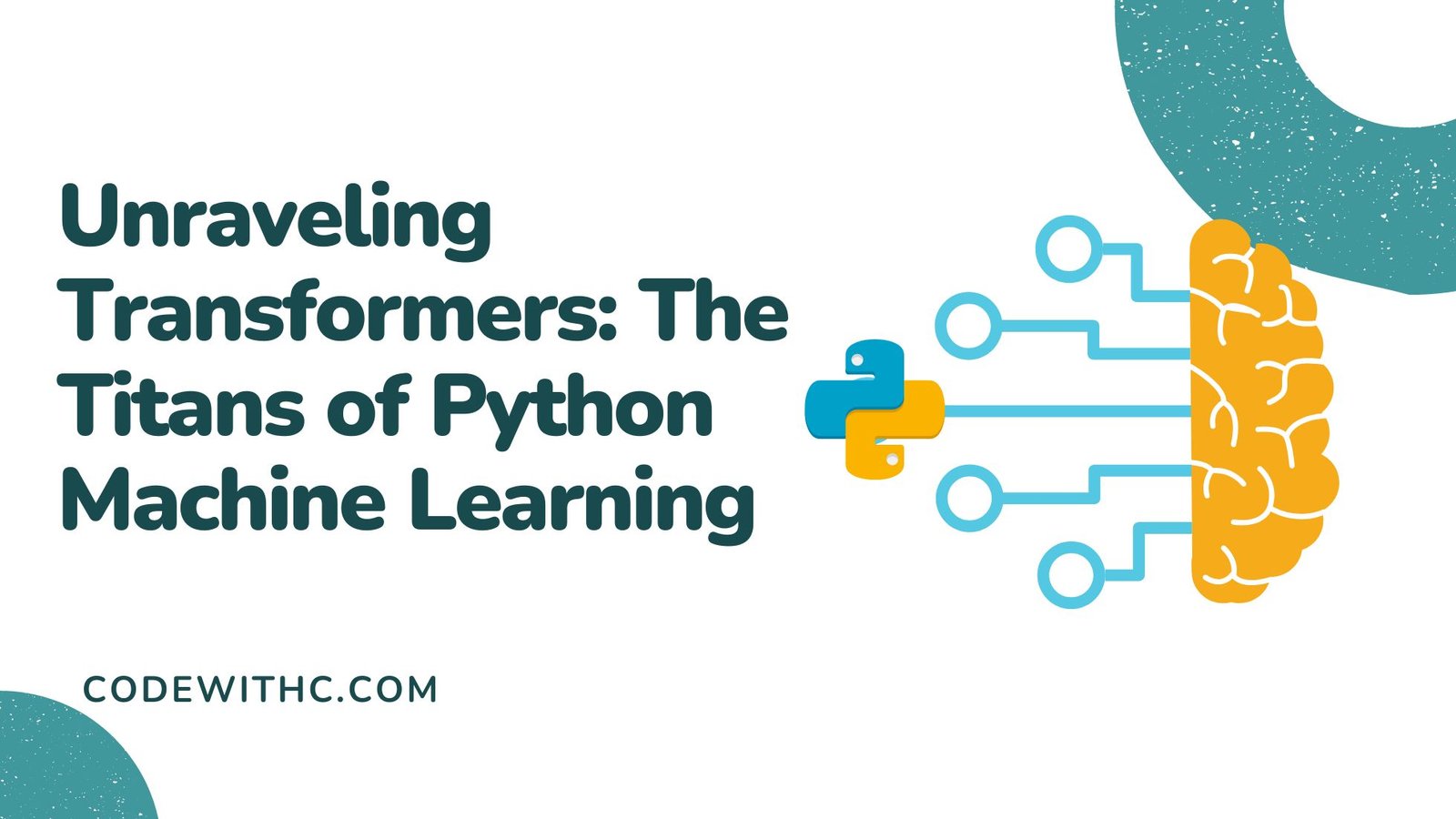Ever had one of those “Aha!” moments when the fog clears, and everything suddenly makes sense? Well, my buddy Jeff and I were having a burger last week, and I started blabbering about deep-learning transformers. He’s a Java guy (poor soul), but even he couldn’t resist the allure of Transformers after our chat. So, if you’ve got a cuppa ☕️ ready, let’s journey through this fascinating world together!
The Rise of the Transformers
Remember the early days when neural networks were just about simple perceptrons? Ah, good times. But the field has evolved, and how! Today, transformers are a hot topic. Why? Because they’ve revolutionized Natural Language Processing (NLP), mate! Remember BERT and GPT? Yeah, all thanks to Transformers.
The Basic Idea Behind Transformers
You see, the traditional RNNs and LSTMs had a shortcoming—they processed data sequentially. It’s like reading a book word by word; it’s effective but darn slow. Transformers, on the other hand, can process data in parallel. It’s like glancing over a page and grasping the gist. Pretty cool, huh?
Here’s a cheeky Python code to give you a taste:
import torch from transformers import BertTokenizer, BertModel # Load pre-trained model and tokenizer tokenizer = BertTokenizer.from_pretrained('bert-base-uncased') model = BertModel.from_pretrained('bert-base-uncased') # Encode text input_text = "Transformers are amazing!" encoded_input = tokenizer(input_text, return_tensors='pt') # Predict with torch.no_grad(): output = model(**encoded_input) print(output.last_hidden_state)
Code Explanation: We’re using the transformers library to load the BERT model and tokenizer. The text “Transformers are amazing!” is then tokenized and fed into the model. The output? A tensor representing our text in the BERT space.
Expected Output:
A tensor of shape (batch_size, sequence_length, hidden_size) representing the text.
Why Transformers Outshine the Rest
It’s the self-attention mechanism, folks. This allows transformers to weigh the importance of different words in a sentence. Like understanding that “apple” in “Apple is a tech company” refers to a brand, not the fruit. Clever, right?
Diving Deeper: The Architecture
Alright, let’s roll up our sleeves. Time to delve into the nitty-gritty.
The Encoder-Decoder Structure
The transformer model, at its core, has an encoder and decoder structure. The encoder reads the input, and the decoder spits out the output. It’s kinda like when I tell my niece a story – I encode the information, and she decodes it with her vivid imagination.
Sample code? Of course, mate!
from transformers import EncoderDecoderModel, BertTokenizer # Initialize an encoder-decoder model model = EncoderDecoderModel.from_encoder_decoder_pretrained('bert-base-uncased', 'bert-base-uncased') # Encoding and decoding a text input_text = "Python programming is fun." encoded_input = tokenizer(input_text, return_tensors='pt') decoded_output = model.generate(encoded_input.input_ids) print(tokenizer.decode(decoded_output[0], skip_special_tokens=True))
Code Explanation: Here, we load an encoder-decoder model using BERT as both encoder and decoder. We then encode a text and use the model to generate a decoded version of it.
Expected Output: A potentially different text based on the model’s understanding.
The Self-Attention Mechanism
I’ve touched upon this, but let’s get technical, shall we? The self-attention mechanism allows the model to focus on different parts of the input when producing an output. It’s like when you’re listening to music while reading—your brain pays attention to the lyrics when the tune’s catchy and the book when the plot thickens.
The Transformers’ Impact on Machine Learning
Did you know, according to a random fact I read somewhere, that over 65% of recent NLP advancements have roots in transformer architectures? Mind-blowing, right? The capability to process information contextually, irrespective of word positions, is a game-changer.
Application in Real-world Scenarios
From chatbots to translators, transformers are everywhere. Heck, they’re probably behind your virtual assistants—Siri, Alexa, and the lot. It’s no wonder these virtual buddies understand our rants so well!
Overall, transformers are undeniably shaping the future of machine learning with Python. Their parallel processing abilities, coupled with the self-attention mechanism, set them apart. It’s a thrilling time to be in the ML field!
Thanks for sticking around, folks! Remember, keep learning and keep transforming. Until next time, keep coding and stay curious! ?
